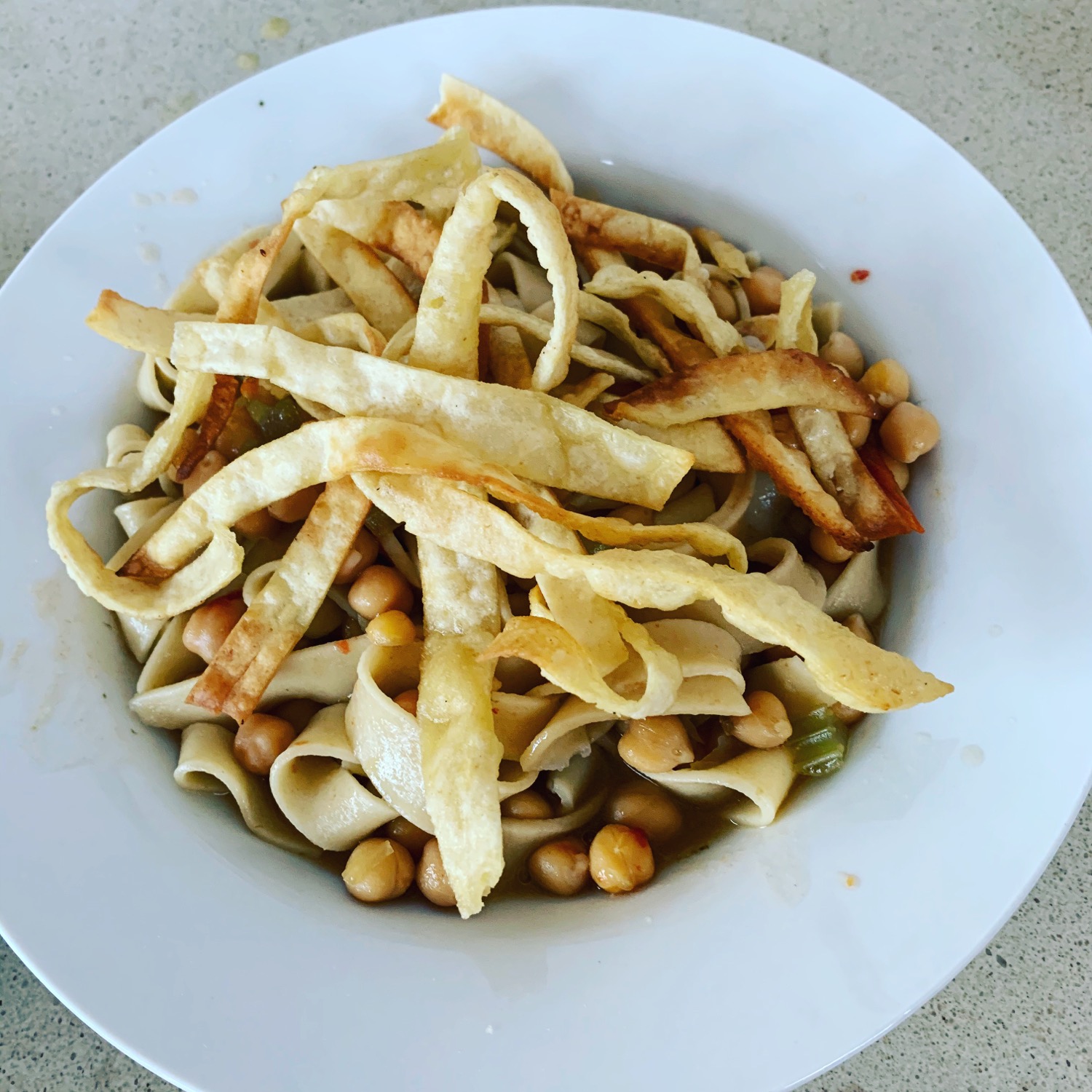Easter Feast Part 1 : Grain of the Dead
- Janet Giles

- Apr 13, 2020
- 3 min read
Easter is my favourite time to cook a feast. The calmness and serenity of Good Friday, a day of quiet contemplation, is followed by a joyous family gathering on Sunday. Even if you are a non- believer, the pattern of the time creates the perfect conditions for a marvellous meal. This year, it comes with deep sadness of being distant from our families and friends.

This Good Friday we decided to cook my mother-in-law Assunta's dish, Grano Dei Morti which she would make at Easter because pomegranates are in season in Australia. In Foggia in the north of Puglia in Italy, where she was from, it is made on 2 November, Il Giorno Dei Morti (All Souls Day) when it is placed on the table to remember loved ones who have passed away.
It's a strange and wonderful dish linked to ancient Greek mythology and the story of Demeter, the Goddess of agriculture and seeds. Demeter had a child, Persephone, who was kidnapped by Ada ( Pluto in Latin) the God of the underworld, while she was picking flowers by a lake, and taken down to Hades. Demeter heard the scream of her daughter and travelled across Greece for 9 days and 9 nights searching for her. When she was eventually told of her whereabouts, Demeter was naturally angry and refused to carry out her godly duties, leaving the earth barren.
Zeus demanded that Ada release Persephone from the underworld but by then it was too late, because Ada had tricked Persephone into eating the seeds of a pomegranate which trapped her in Hades. In the end a compromise was reached where Demeter's daughter would spend the time from the planting of the seed until the end of winter in Hades and then stay with her mother on earth at the time when seeds germinate and plants are at their most luxurious, thus creating the seasons.
The dish is also symbolic of death, blood, the bitterness of grief and the hope of new life so it is perfect for Easter and the time of a global pandemic.
Assunta's recipe is made by combining cooked wheat, pomegranate seeds, chopped walnuts, mixed peel and small pieces of dark bitter chocolate. It is then coated with vincotto, a syrup made from boiling down the first pressings of wine.
We made it with the freekah we bought from Cafe Troppo which we soaked for a couple of hours then cooked until soft and left it to cool. We then tapped out the seeds of pomegranates, chopped up the nuts and the chocolate and put them all together in a bowl with the mixed peel and the boiled wheat. The mixture should be mostly wheat with the other delicious ingredients evenly distributed through it.
We had vincotto in our pantry but if you can't get it, boiled down port is good. Alternatively you could make a syrup out of boiled down red wine and sugar.
We poured in enough to coat all the ingredients, mixed it well and then left it for a while to let the flavours mingle with each other. Our friends say its nice with yoghurt or ice-cream but we like to eat it on its own.
The experience of eating this strange and wonderful mixture transports me to the ancient world, old traditions and hard times and also honours the memory of Assunta, a wonderful mother and nonna, and an excellent cook.















Comments